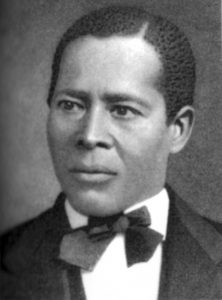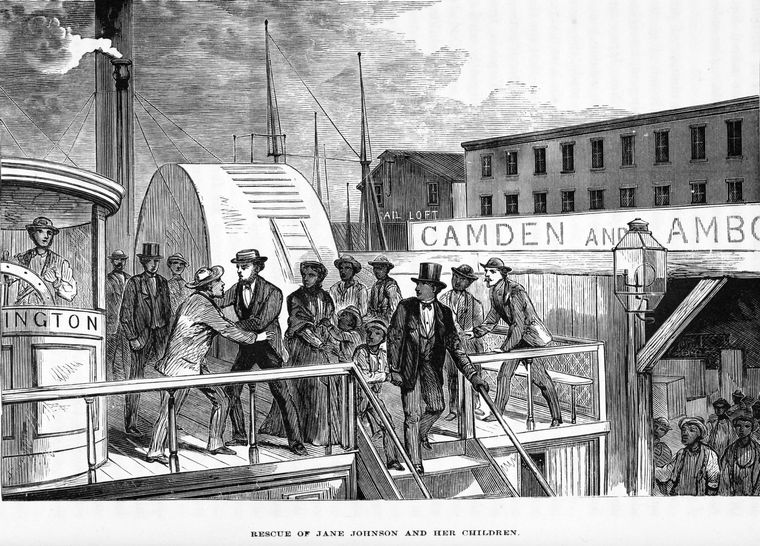
Free-born Black abolitionist William Still has been called the “father of the Underground Railroad” (URR)–the network of free Blacks, Quakers, and abolitionists who helped enslaved people in the South escape to the North in the decades prior to the Civil War. When fugitives arrived in Philadelphia it was Still, as chairman of the Vigilance Committee, who took down their details. In 1872 he published The Underground Railroad, which is based on these records and includes letters from URR “conductors” on the URR as well as freedom seekers who had arrived in Canada. Documenting the stories of some 600 men, women, and children, it is one of the most important primary sources for the history of the URR.
-
Underground Railroad: The William Still Story (PBS website and lesson plan)
- Still family papers at Temple University: includes classroom resources and timeline
- Vigilant Committee and the Underground Railroad (Historical Society of Pennsylvania lesson plans).
William Still’s own story
Don Tate discusses his picture book “William Still and his freedom stories,” ending with Still’s notebook entry about Harriet Tubman bringing fugitives (5:01-16:25)
As narrator of the dramatic stories of freedom seekers and those who helped them, William Still has not received a lot of attention himself until recently. The youngest son of a formerly enslaved couple, he was born and raised in New Jersey and became a successful businessman and abolitionist leader in Philadelphia. He was clerk at the office of the Pennsylvania Antislavery Society, when one of the fugitives who arrived turned out to be his brother–one of two boys his mother was forced to leave behind when she escaped slavery more than forty years earlier. Since, William Still has documented the details of all people who arrived at the office, so that other families would be able to find their loved ones too.
Shadow puppets as teaching tool

Shadow or silhouette puppets can be used as interactive teaching tools in social studies and language arts. Students may share stories from the Underground Railroad as traditional shadow plays or video compilations with stop motion, narration and primary sources. We have acted out the stories of Henry Box Brown and Harriet Tubman with fifth graders in the past, in which William Still is featured when they arrive in Philadelphia. He plays a more prominent role, however, in the lesser known story of Jane Johnson and her two little boys. They were enslaved by Col. John Hill Wheeler from North Carolina, who wanted to take them with him to his new job in Nicaragua and stopped in Philadelphia to board a ferry to New York.

By Pennsylvania law, any enslaved person who was taken there by their owner was legally free upon arrival. It was the task of the Vigilance Committee to notify these people about their right to freedom, and to promise legal assistance. Jane Johnson indeed claimed her freedom and that of her sons, which led to a court case in which William Still and five dock workers were tried. The case was followed by newspapers across the country.
- Read about Jane Johnson and the court case (Wikipedia)
- Read William Still’s chapter about Jane Johnson and the court case in The Underground Railroad
- Listen to this chapter on Librivox audio part 1 and part 2)

